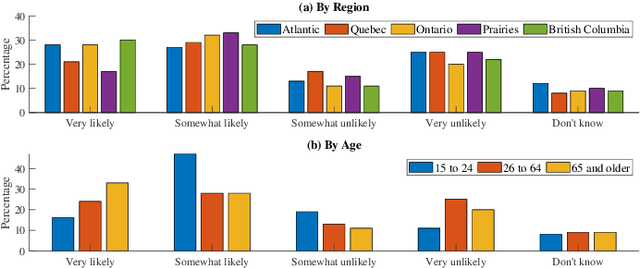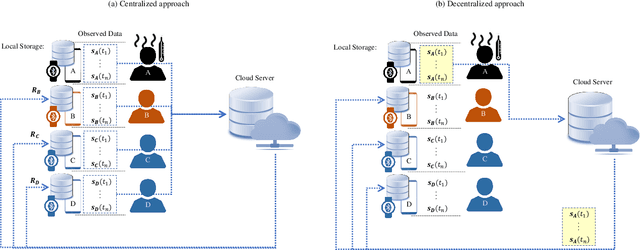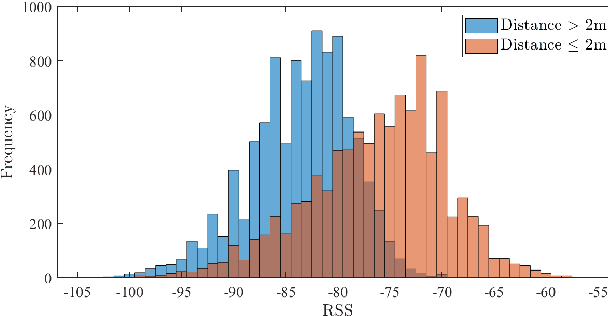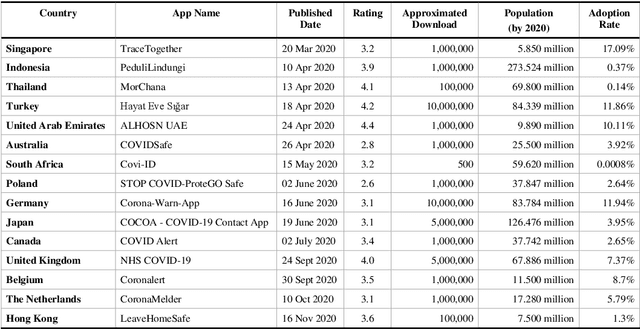Personal Devices for Contact Tracing: Smartphones and Wearables to Fight Covid-19
Paper and Code
Aug 02, 2021



Digital contact tracing has emerged as a viable tool supplementing manual contact tracing. To date, more than 100 contact tracing applications have been published to slow down the spread of highly contagious Covid-19. Despite subtle variabilities among these applications, all of them achieve contact tracing by manipulating the following three components: a) use a personal device to identify the user while designing a secure protocol to anonymize the user's identity; b) leverage networking technologies to analyze and store the data; c) exploit rich sensing features on the user device to detect the interaction among users and thus estimate the exposure risk. This paper reviews the current digital contact tracing based on these three components. We focus on two personal devices that are intimate to the user: smartphones and wearables. We discuss the centralized and decentralized networking approaches that use to facilitate the data flow. Lastly, we investigate the sensing feature available on smartphones and wearables to detect the proximity between any two users and present experiments comparing the proximity sensing performance between these two personal devices.
 Add to Chrome
Add to Chrome Add to Firefox
Add to Firefox Add to Edge
Add to Edge